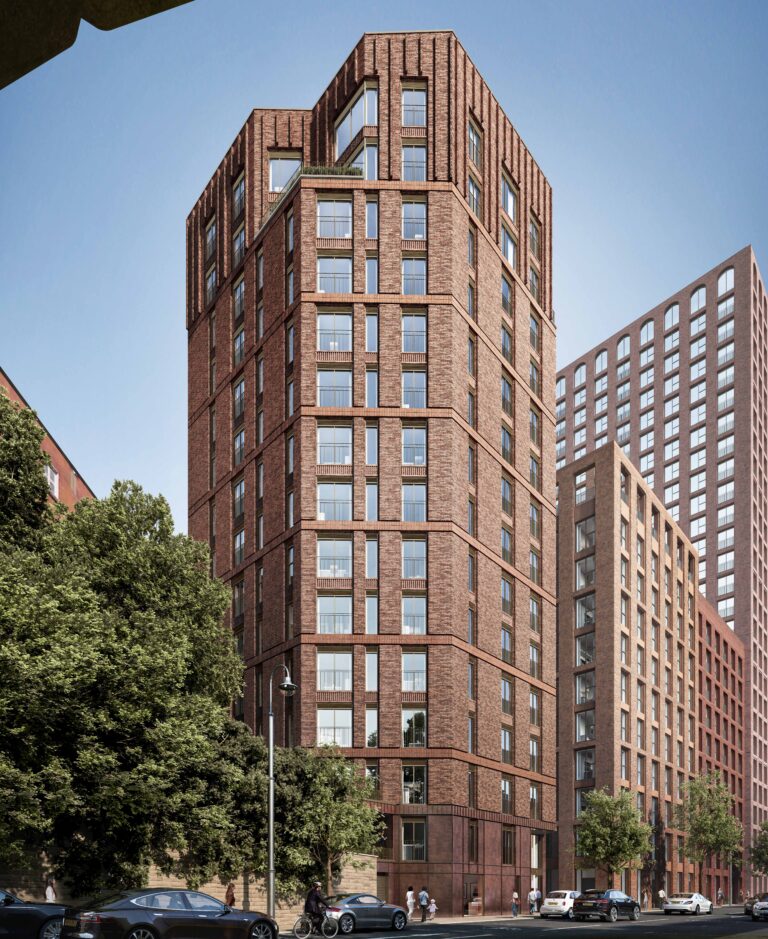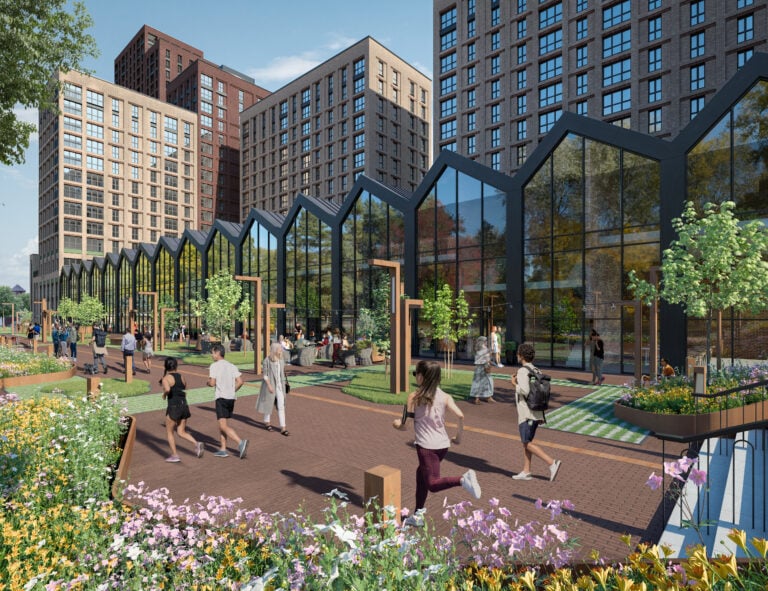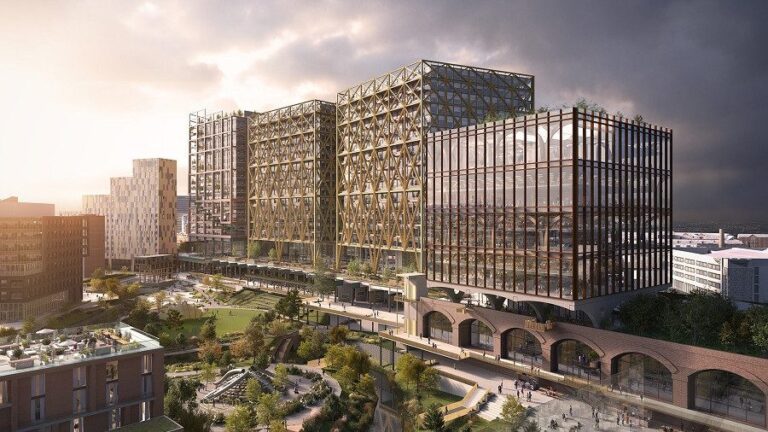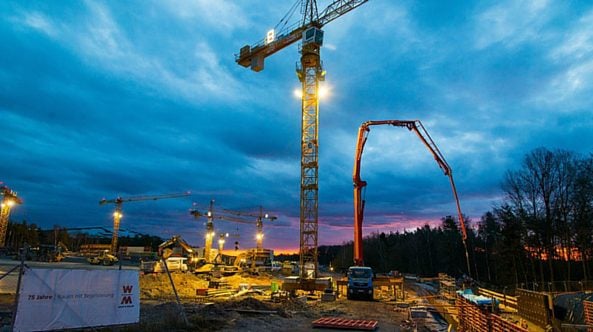Thanks to an improving economic landscape coupled with falling interest rates, a revised housing market forecast shows stronger than expected price growth until 2029.
UK house prices are predicted to rise by 3.5% by the end of 2025, according to the latest report from Knight Frank. This is up from the previous estimate of 2.5%, which the agency puts down to a combination of a better interest rate environment and improved economic headlines.
It also predicts stronger price growth next year in the UK housing market, with a total 4% rise by the end of 2026, followed by 4% in 2027, 4.5% in 2028, and 5% in 2029. This amounts to a cumulative five-year total of 22.8%, up from the 19.3% expectation in Knight Frank’s last roundup.
While these figures reflect the averages for the housing market as a whole, the forecast is slightly more downbeat in the prime property market. In Prime Central London, a cumulative price rise of 19.2% is forecast, with 19.9% expected in Prime Outer London. The Prime Country market (representing prime-level markets in the rest of the country) is expected to see a price rise of 18.8%.
Greater London is forecast to experience the slowest growth over the next five years, says Knight Frank, with an 18.2% price increase on the cards; and this reflects the general trend that the market has seen for some time now, with needs-driven and more affordable segments outperforming pricier parts of the country, feeding into the north-south divide.
UK housing market offers investment stability
The turbulence created by US President Donald Trump’s tariff wars was a knock to investor confidence in certain markets, but it also had the effect of boosting the UK’s image as a stable place to invest. With new agreements now in place for certain goods traded between the two countries, there is likely to be more economic certainty going forward.
This month we also saw the Bank of England reduce its rates from 4.50% to 4.25% – although two members of the Monetary Policy Committee (MPC) voted for a larger 0.50% rate cut. Analysts are now predicting a further two or three cuts this year, notes Knight Frank, and this is having a major influence on housing market confidence as lenders continue to bring out more competitive mortgage rates.
Commenting on the current mood in the housing sector in relation to wider political events, Stuart Bailey, head of London super-prime sales at Knight Frank, said: “The UK is playing the safety card, but more by default than design.
“We are seeing buyers from the Middle East who are looking to make mid- to long-term investments in London because it is secure.
“Price declines have happened, but they took 10 years because there are enough owners sitting on cash who are not forced to sell. A strong rental market strengthens the safety net that prevents overnight price crashes from happening.”
Property investors and buyers wanting to focus on the strongest housing markets are likely to find the most resilient locations to be in regional areas that are more affordable. Separate data from Rightmove and Zoopla has shown that the North East and North West have continued to demonstrate the most stability and the strongest price rises in recent years.
What about the rental market?
Knight Frank’s rental housing market outlook remains relatively unchanged from the last update in November 2024, with growth revised upwards only slightly in its five-year forecast from 17.6% to 18.8% in the UK as a whole.
The rental markets in Prime Central London and Prime Outer London are expected to see stronger growth, with prices predicted to rise by 20.5% in both areas between now and 2029.
Ongoing housing supply constraints in the sector weighed up against strong tenant demand are behind the forecast, with the number of new rental listings in England in the first quarter of 2025 still 18% lower than the same period in 2019, according to Rightmove.
Upcoming regulation changes linked with the Renters’ Rights Bill and increasing minimum energy efficiency standards could further impact the sector as some landlords – and housing options – could disappear, pushing up prices further with rental demand expected to prove resilient.










